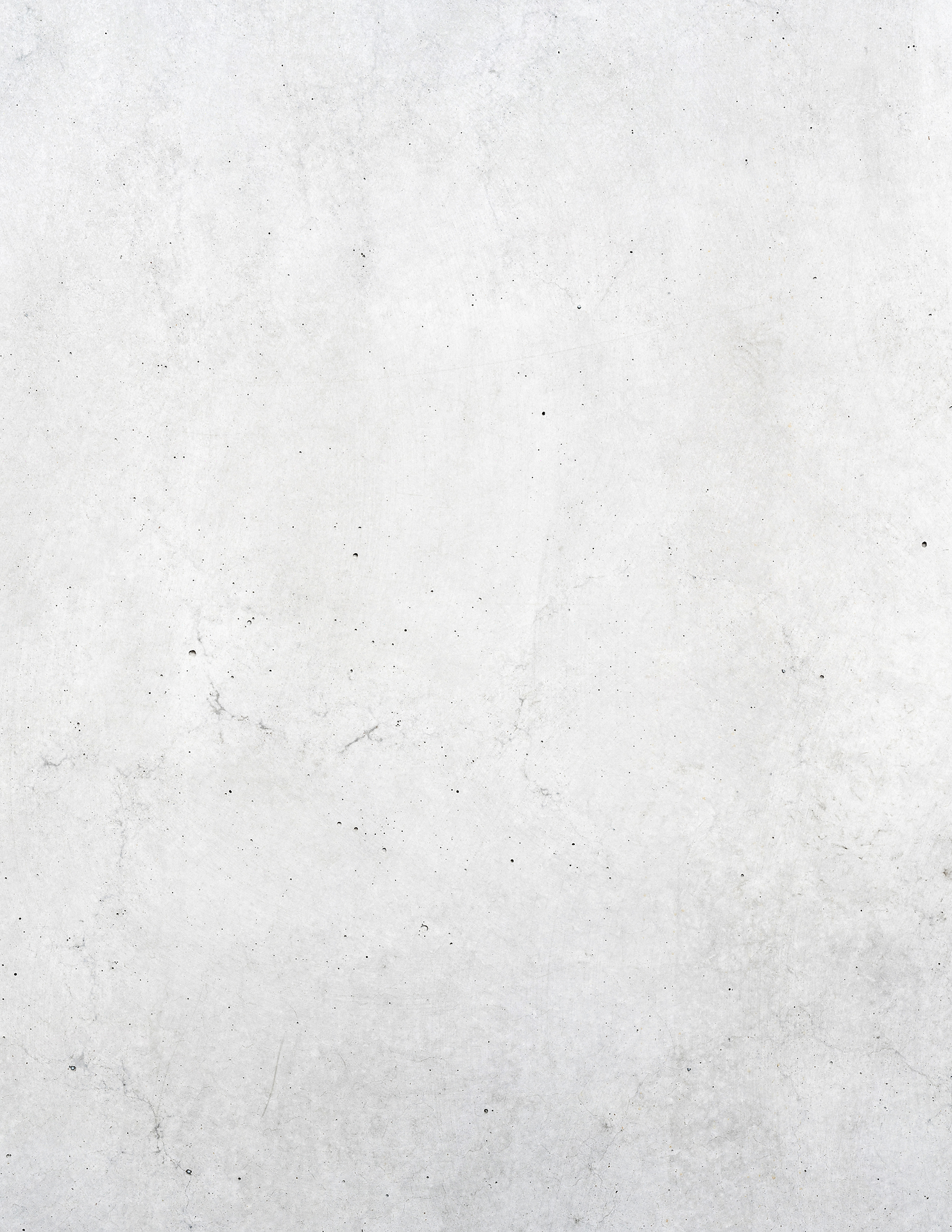



If you have faulted joints, you need to perform:
Dowel Bar Retrofit
Dowel bar retrofit (DBR) is a concrete pavement preservation (CPP) tool that restores load transfer across transverse joints and cracks by installing dowel bars to link adjoining slabs. Mechanical load transfer devices such as round steel dowel bars prevent differential vertical movement of the slabs at the joints and cracks, thereby eliminating the formation of faults or stepoffs. Used in conjunction with other CPP practices, such as diamond grinding, DBR can return a concrete roadway to a structurally sound, smooth condition that can exceed the smoothness and noise values attained at the time of construction.
To perform DBR, slots are cut using diamond saw blades. The slots are placed on 1-foot centers, centered over the transverse joint or crack and parallel to the centerline with three or four slots per wheel path. Dowel bar assemblies are placed into cleaned slots then backfilled, patched and diamond ground to provide a safe, smooth and quiet surface.
Where to consider DBR:
-
Pavements that exhibit a reduction in load transfer.
-
Joint and crack faulting between 1/8 to 3/4 inch.
-
Transverse cracks that are reasonably tight with minimal spalling.
-
Pavements that were constructed as non-doweled jointed pavements, which can have DBR applied to prevent future faulting.
Resources
Diamond Grinding Machine Requirements for Bump Grinding Applications
BUMP GRINDING ON NEW CONSTRUCTION does not require the same equipment as commonly used on full surface grinding such as production grinding. Production grinding often necessitates heavier and larger machines to provide the power and weight needed to increase production. Bump grinding on new construction removes less material over smaller areas since it is corrective grinding, addressing localized roughness issues. As such, the weight and power of the equipment are not as critical. In addition, smaller
machines have a maneuverability advantage over larger equipment.
Resource Type:
Resource Sections:
Resource Techniques:
Resource Issues:
Fact Sheet
Airport/Airfield, Bridge, City/Municipal, Highway
Diamond Grinding
Smoothness
Diamond Grinding: Production or Bump Grind
The comparative benefits of production grinding versus bump grinding are explored in this study for optimizing pavement performance and cost-efficiency. Diamond grinding is emphasized as a crucial technique for smoothing pavement surfaces, with production grinding covering the entire lane width and length to achieve superior results in ride quality, friction, sound reduction, fuel efficiency and aesthetics. While bump grinding—targeting only uneven areas—can improve ride quality and extend pavement life, production grinding often proves more economical and effective overall.
Resource Type:
Resource Sections:
Resource Techniques:
Resource Issues:
Fact Sheet
City/Municipal, Highway
Concrete Pavement Preservation and Restoration, Diamond Grinding, Dowel Bar Retrofit, Full & Partial Depth Repair
Friction/Safety, Smoothness, Sustainability/Environmental, Tire/Pavement Noise
Dowel Bar Retrofit for Concrete Pavement
The Standard Plan A-60.20-01 specifications and technical drawings essential for implementing dowel bar retrofit (DBR) projects are detailed in this document which serves as a comprehensive guide, highlighting the procedures and requirements for successful DBR installation.
Resource Type:
Resource Sections:
Resource Techniques:
Resource Issues:
Specification
Airport/Airfield, Bridge, City/Municipal, Highway, Industrial
Dowel Bar Retrofit, Concrete Pavement Preservation and Restoration
Minnesota State Aid Concrete Pavement Rehabilitation Best Practices Manual
This manual has been developed, with permission, from information published by the Minnesota Department of Transportation (MnDOT) and the American Concrete Pavement Association’s Concrete Pavement Repair Manual, which was printed in May 2003. It includes joint repair, partial-depth repair (PDR), full-depth repair (FDR) and dowel bar retrofit (DBR).
Resource Type:
Resource Sections:
Resource Techniques:
Resource Issues:
Technical Info
Bridge, City/Municipal, Highway
Concrete Pavement Preservation and Restoration
Structural/Material Issues
Concrete Repair Best Practices
Concrete pavement restoration (CPR) techniques have gained greater national significance as DOT agencies attempt to further extend infrastructure service lives prior to required major rehabilitation or reconstruction. This report consolidates best practice case studies for six CPR techniques: cross stitching, dowel bar retrofit, diamond grinding, full depth repair, partial depth repair and slab stabilization.
Resource Type:
Resource Sections:
Resource Techniques:
Resource Issues:
Technical Info
City/Municipal, Highway
Concrete Pavement Preservation and Restoration, Diamond Grinding, Dowel Bar Retrofit, Full & Partial Depth Repair, Joint and Crack Resealing
Structural/Material Issues

